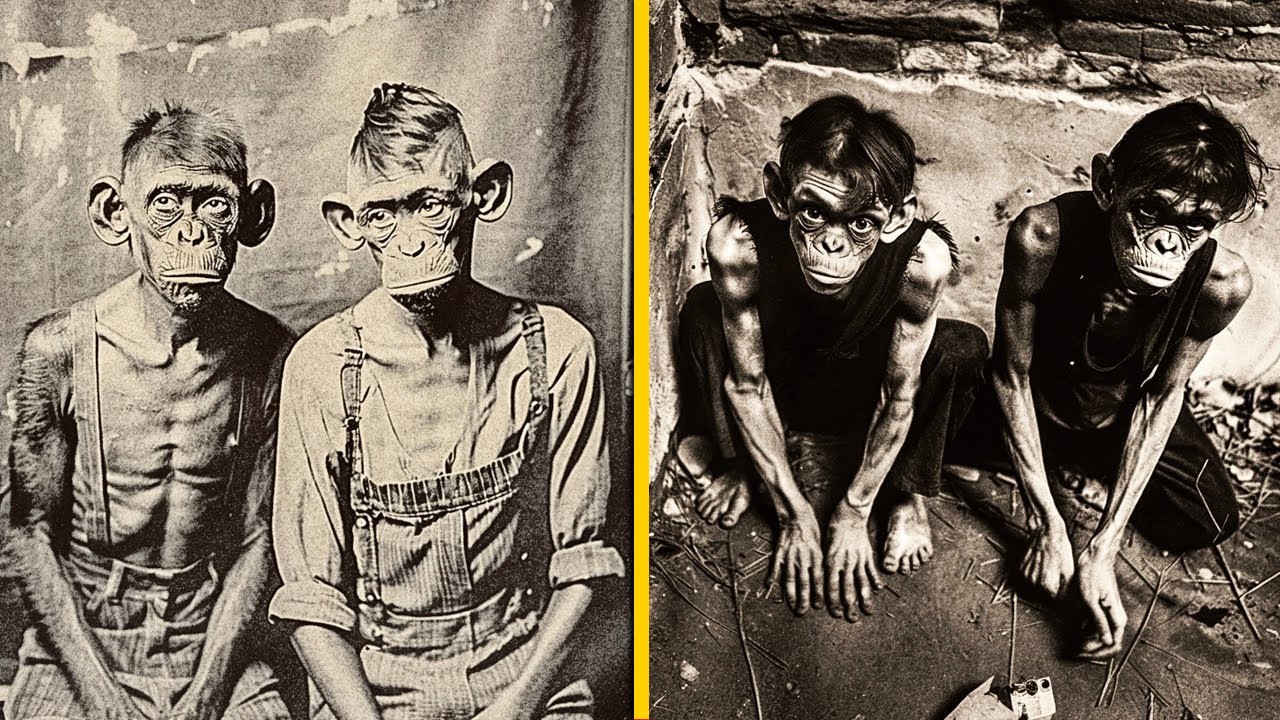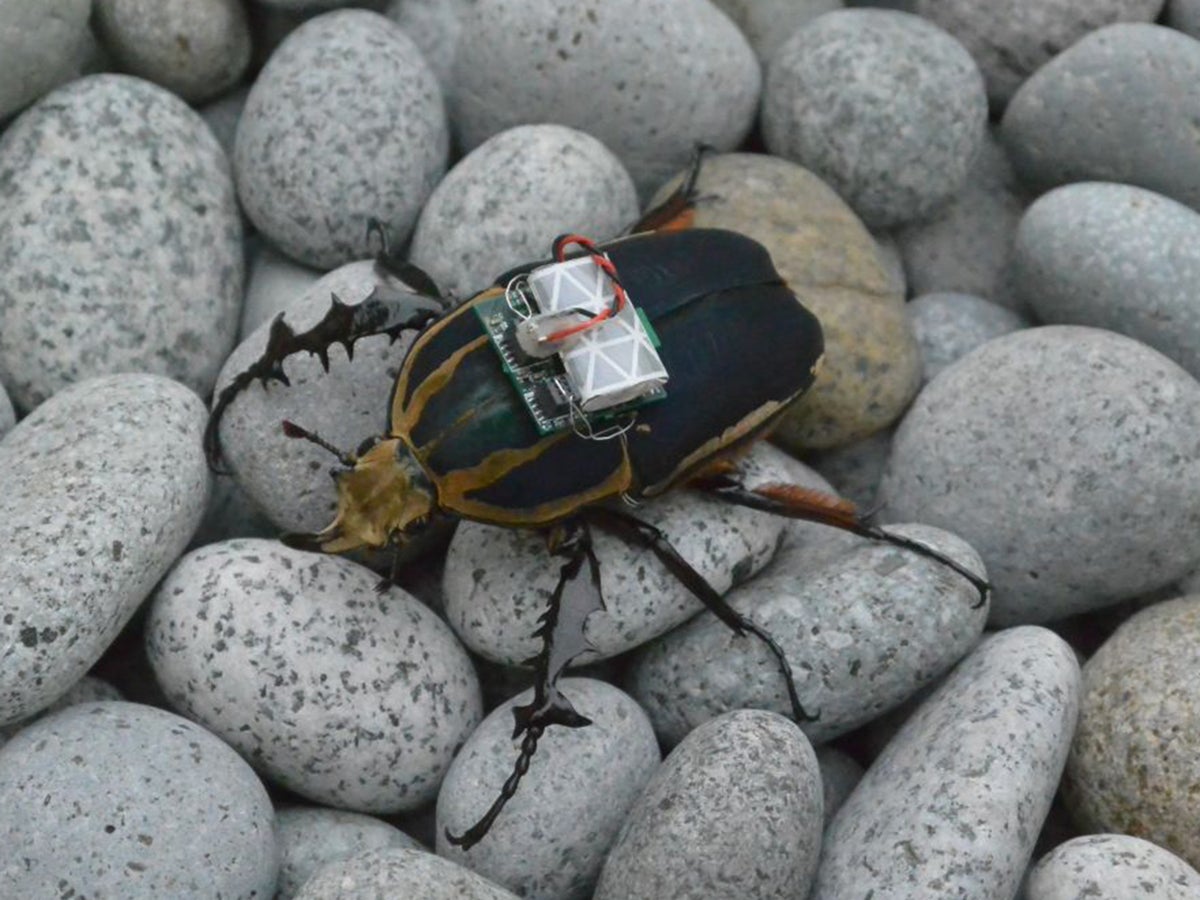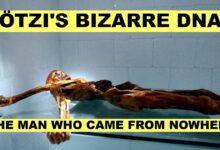Disturbing Crossbreeding Experiments From H.e.l.l

The ability to create animal or even human-animal hybrids is a testament to scientific advancement—but it raises significant ethical concerns. Let’s delve into some shocking and controversial examples of crossbreeding experiments.
Reviving the Woolly Mammoth
At Harvard University, geneticist George Church is working to bring back the woolly mammoth by combining its DNA with that of modern Asian elephants. Using CRISPR gene-editing technology, scientists aim to develop a hybrid embryo that could survive in Arctic conditions. The project promises potential environmental benefits, like combating climate change, but it also raises ethical questions about the well-being of such hybrids.
The Koi Dog Experiment

In the late 1970s, researchers at the University of Connecticut bred coyotes with beagles to study hybrid behavior. However, the project ended tragically after a fatal accident involving one of the hybrids. Despite six years of research, ethical concerns and financial costs left the project abandoned.
The “Humanzee” Controversy

The concept of a human-chimpanzee hybrid has fascinated scientists for decades. Although a Russian biologist attempted to create such a hybrid in the 1920s, ethical objections and lack of resources prevented success. Reports of “humanzee” embryos have surfaced over the years, but none have been conclusively verified.
Naruga: A Rare Whale Hybrid

In the Arctic, beluga whales and narwhals occasionally mate to produce “naruga” hybrids. These creatures inherit a mix of traits from both species, such as unique skull structures and teeth. While these hybrids have intrigued researchers, indigenous Inuit hunters have long been familiar with their existence.
Dodo De-Extinction Efforts

Colossal Biosciences is working on genetically resurrecting the extinct dodo bird. By editing the DNA of the nicobar pigeon (the dodo’s closest living relative), scientists hope to recreate a version of the dodo. However, even if successful, these hybrids may lack the behavioral traits of their extinct ancestors.
Rare Animal Mutations
From a golden albino seal in Russia to a two-headed calf in Brazil, rare genetic mutations continue to astound and intrigue us. While these anomalies are not deliberate crossbreeding experiments, they offer insights into the complexity of genetics.
Hybrid Animals in Nature and Labs
Examples of natural and artificial hybrids include:
- Coywolves: A mix of coyotes, wolves, and domestic dog genetics, thriving in North America.
- Togers: Miniature tiger-like cats bred for their striking appearance.
- Super Ball Pythons: Designer snakes created by crossing ball pythons with blood pythons.
- Zonkeys: Zebra-donkey hybrids that have existed since the 19th century.
Cyborg Beetles: Merging Biology and Technology

In 2016, researchers developed cyborg beetles controlled by implanted microprocessors and electrodes. These biohybrids could have applications in search-and-rescue missions or surveillance.
Ethical and Practical Implications
While these experiments and mutations push the limits of our understanding, they also challenge our ethical frameworks. The creation of hybrids—whether to explore genetic potential or address environmental issues—must be carefully weighed against potential risks and moral considerations.
Doos live in cold climates and are known to be strong and resilient animals, often used as pack animals. Unlike Yaks, Doos are less aggressive, making them easier to handle in agricultural activities. Although Doos produce less milk than regular cows, they still provide milk used to produce traditional products such as cheese and yogurt in many Himalayan cultures. They also have great cultural value, often participating in traditional farming activities and being an integral part of the lifestyle of local communities.
In 2015, a shark with a “cyclops” eye (single eye) was discovered in Mexico. Yes, you heard that right! This rare condition is called “cyclopia” and can occur in many animals, including humans. The shark was caught by a fisherman and later placed in an aquarium for care. Unfortunately, it is not known whether she survived, but this is the first recorded case. This unique discovery helps scientists learn more about the condition, opening up many opportunities for learning.
Rosie, a Golden Retriever mix, brought a big surprise when she went into labor. Rosie was brought to an animal rescue when she was heavily pregnant and was given the best care. Rosie’s owners, Katie and John, were excited to welcome a new member. However, when Rosie gave birth, everyone was shocked: the puppies looked more like small cows than Golden Retriever puppies. These four adorable puppies had black-white and brown-white spotted coats like dairy cows.
The appearance of these strange mixed dogs left everyone confused, not knowing whether their father was a neighboring cow or a spotted dog. However, one thing is for sure, they will bring smiles and joy to everyone. Through this story, we see that the world is always full of surprises.








